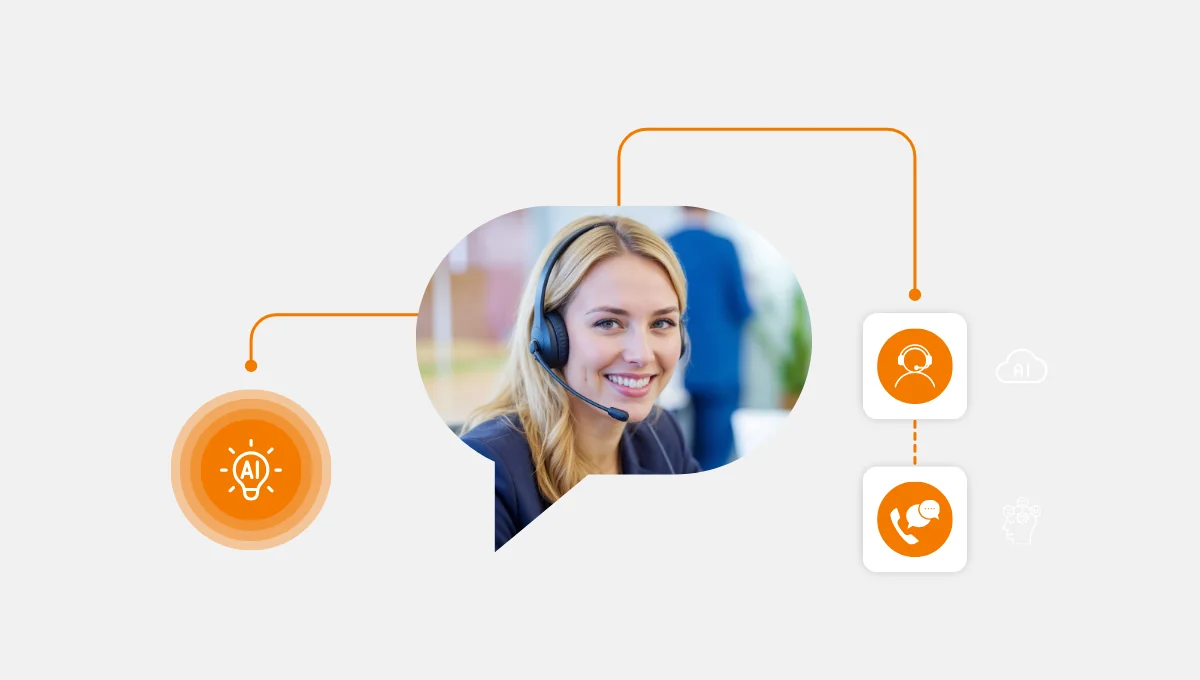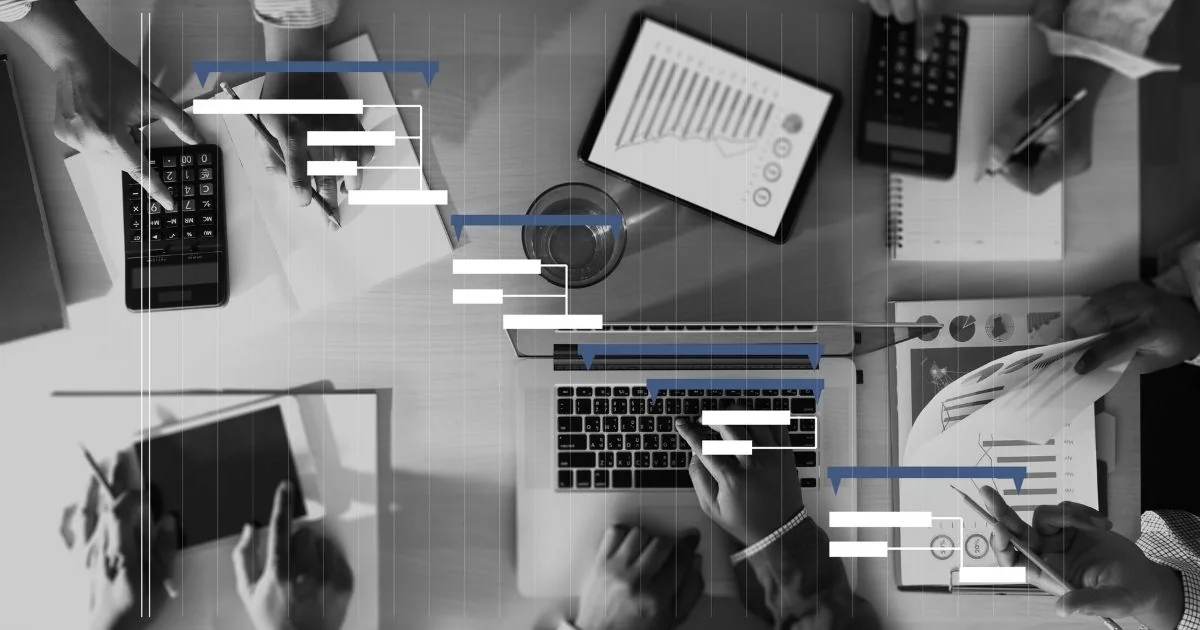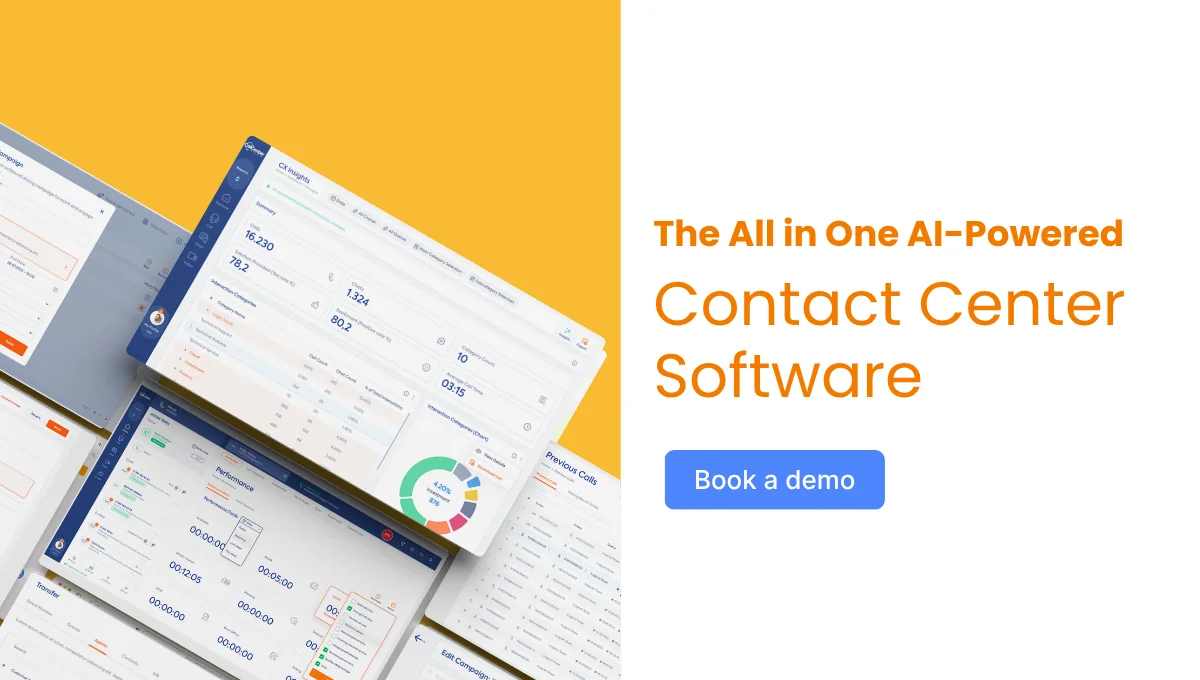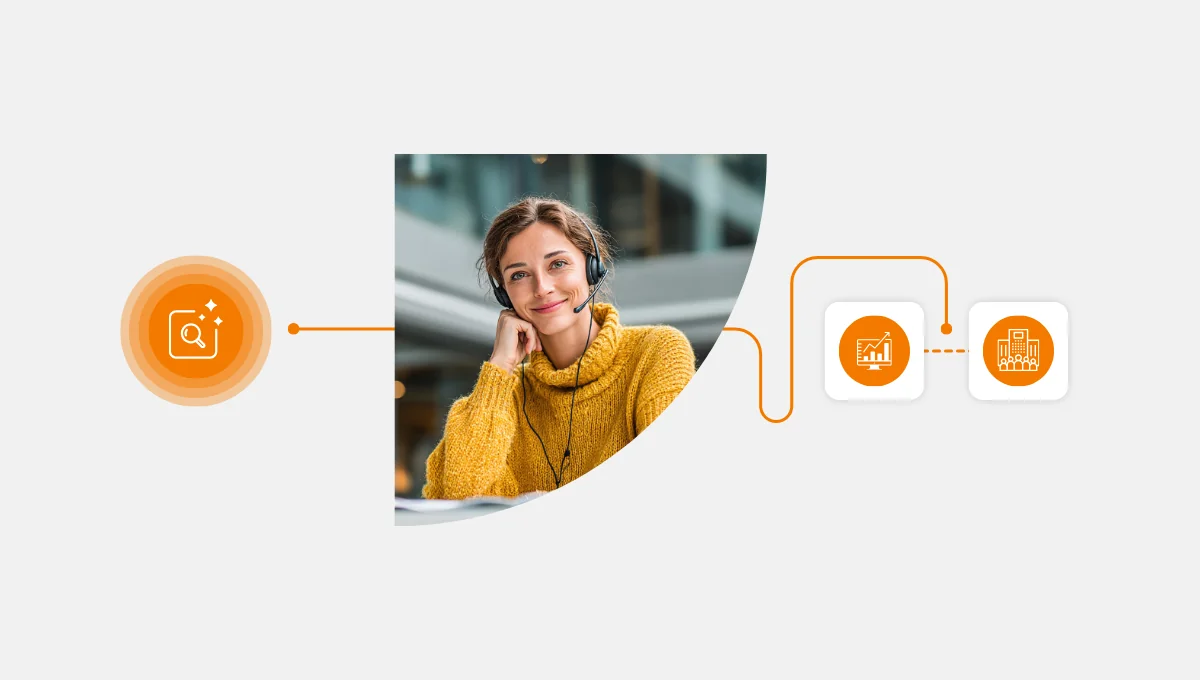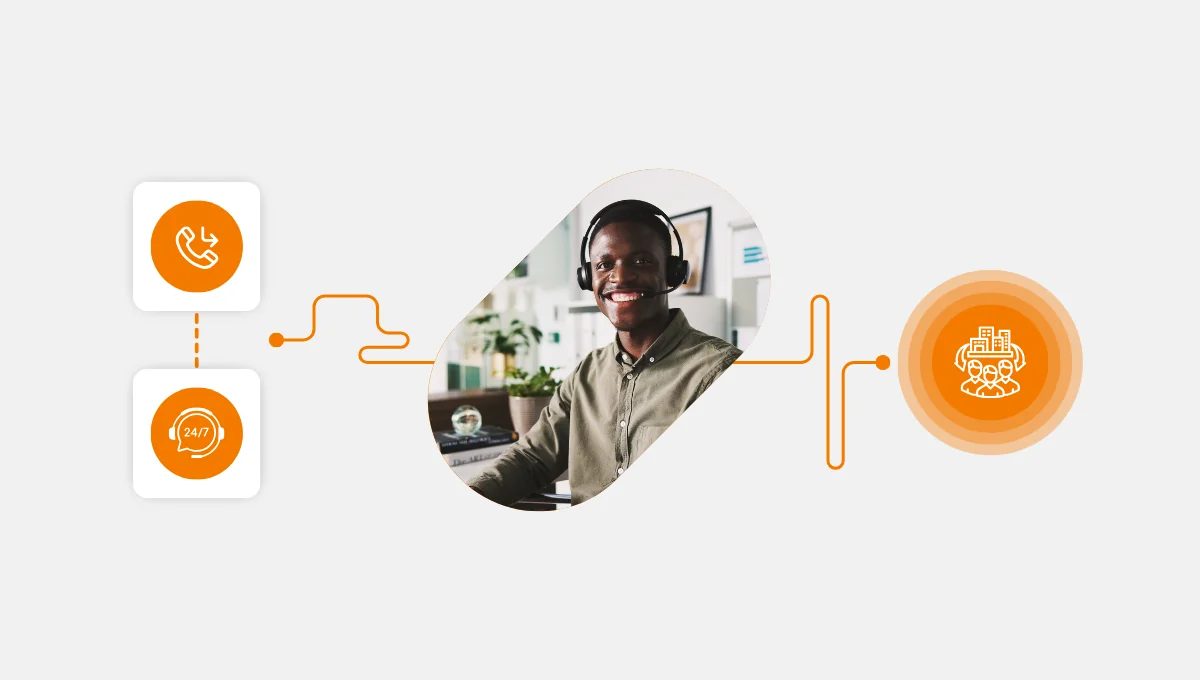For every 1 % increase in FCR, operating costs drop by about 1 % and customer satisfaction improves by roughly 1 %.
Moreover, improvements in FCR are tightly correlated with higher customer retention and stronger employee satisfaction.
That is why in this article, we’ll walk through proven technologies that improve first contact resolution strategies. We’ll highlight what works, how it works, and how the right contact center can make this happen.
What is FCR and Why Does It Matter?
First Contact Resolution (FCR) is a critical customer service metric. It measures the percentage of customer issues resolved on the very first interaction with a support team without requiring any follow-up contacts.
For example, if 80 out of 100 tickets are solved in the first interaction, your FCR rate is 80%.
Even if it is changed by industry or call type, the ideal FCR rate is above 75%, and over 80% is considered very good.
FCR is a fundamental metric because when you reach a good standard for FCR, that means your customers trust you and are willing to even pay more for your service and product. Besides:
- Higher FCR means fewer follow-ups and fewer follow-ups mean less workload for agents and lower operational costs.
- High FCR rates often indicate effective training, clear processes, and well-designed support systems.
Finding Root Causes Before They Cause Repeat Issues
When an agent or chatbot fails to provide necessary support, the customer calls back. So your FCR rate decreases. Finding the root cause of poor support would be a tremendous job.
The root cause finding process consists of 5 steps: Analyzing, Monitoring, Tracking, Identifying, and Benchmarking.
Analyzing
In this step, you analyze conversation transcripts and call recordings to identify:
- Recurring issues,
- Unclear processes, or
- Common pain points.
Tech: You can use tools like AI-based conversation analytics for deep analysis.
Monitoring
Then you start to monitor. Keep monitoring real-time customer sentiment and flag frustration signals to spot where interactions tend to fail.
Tech: Leverage real-time voice analytics and emotion detection software like Google CCAI.
Tracking
Agent tracking is also a must. Track agent knowledge gaps and response consistency to uncover areas needing training or better documentation.
Tech: Deploy quality management platforms with coaching insights, like CCS Agent Coaching.
Identifying
Now you have a lot of data to evaluate your condition. Identify top reasons for repeat contacts and map them back to product, process, or service gaps.
Tech: Use root-cause analytics features within platforms like Call Center Studio or speech analytics suites.
Benchmarking
Compare first contact resolution performance across channels and agent groups to find patterns or outliers.
Tech: Implement performance dashboards and BI tools that integrate contact center data such as Tableau or Power BI with CRM data.
Equipping Agents to Actually Resolve Issues in One Go
If an agent doesn’t have the right info or doesn’t get the right case routed to them, FCR takes a hit. Technologies like intelligent call routing and CRM integration of cloud contact center systems are critical. Simply because:
- Intelligent call routing connects customers to the agent best suited (by skill, language, seniority) right away, avoiding transfers.
- CRM integration contact center tools give agents a unified view of past customer interactions, purchases, preferences, and previous problems.
- Knowledge‑base tools (internal & customer‑facing) supply step‑by‑step solutions, FAQ content, and self‑service pathways so agents spend less time digging and more time solving.
Together, these FCR improvement tools reduce the chance that anything slips through the cracks. When agents have everything at hand, repeat contacts drop dramatically.
Making Resolution Possible Wherever & Whenever
Customers don’t stay in one channel (call, chat, email, social). They’ll start in chat, move to phone, or vice versa.
If systems are fragmented, the next agent sees nothing of what came before. That breaks customer experience improvement and ruins attempts at good FCR. To provide a one-stop support:
- Try omnichannel contact center platforms that unify all channels so a customer’s history travels with them.
- Search for cloud‑based call center solutions that provide flexibility, faster updates, global scale, reliability, and lower overhead compared to legacy on‑prem systems.
- Use integrated dashboards and analytics that help managers monitor where FCR breaks down (which channels, which times, which issue types) and iterate quickly.
Platforms that bundle those (routing, analytics, self‑service, CRM) tend to perform much better on FCR.
🎯 Africa World Airlines partnered with Call Center Studio to launch a cloud-based help desk, unifying inbound and outbound communications. With smart IVR, multilingual routing, and web chat integration, AWA streamlined customer support across languages and time zones.
How to Deploy Technology for FCR Gains
Here are concrete steps to ensure the technologies actually deliver reduced repeat calls and contact center outcomes:
- Define your FCR metric clearly across channels: What counts as resolved and what follow‑ups are allowed.
- Audit your current system: Where do transfers, escalations, or repeat contacts happen most? Use conversation analysis to map causes.
- Implement intelligent routing: Route by skill, priority, or history to cut transfers.
- Integrate CRM, so agents see history instantly.
- Build or improve the knowledge base; ensure agents can access it in line with common issues.
- Monitor omnichannel performance, ensure consistency across channels.
- Train agents with the new tools; include feedback loops so the tech informs process changes.
Call Center Studio (CCS): A Platform Built for Higher FCR
When you combine the right tech with execution, FCR moves.
Call Center Studio is one cloud contact center platform that offers built-in solutions aligned with all those categories above and provides features include:
- Conversation intelligence (to spot root causes),
- Automated routing (skills‑based, priority queues),
- Knowledge base management, and
- Unified dashboards.
CCS is a leading cloud‑based call center solutions platform that delivers global scale, reliability, and support across voice, chat, and email channels.
Start your AI contact center journey with CCS. Request your personal demo today.

